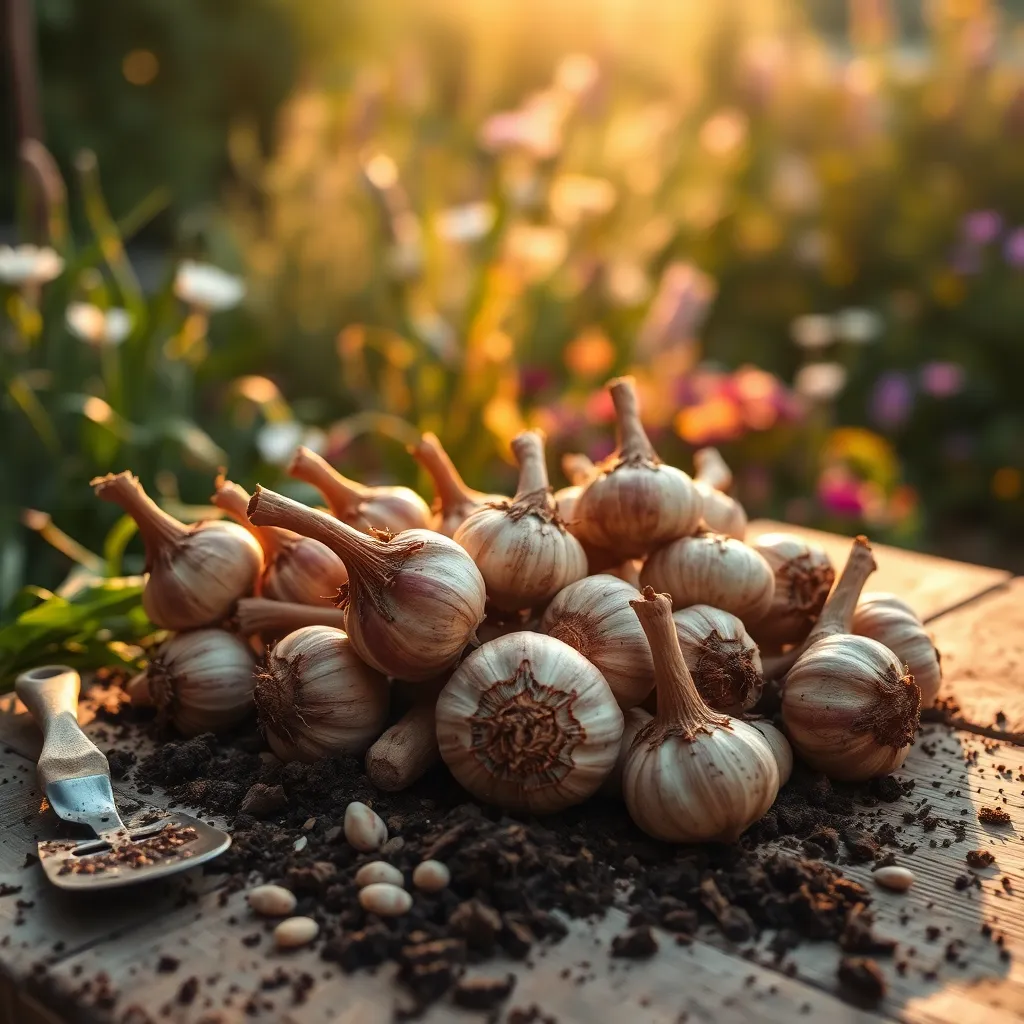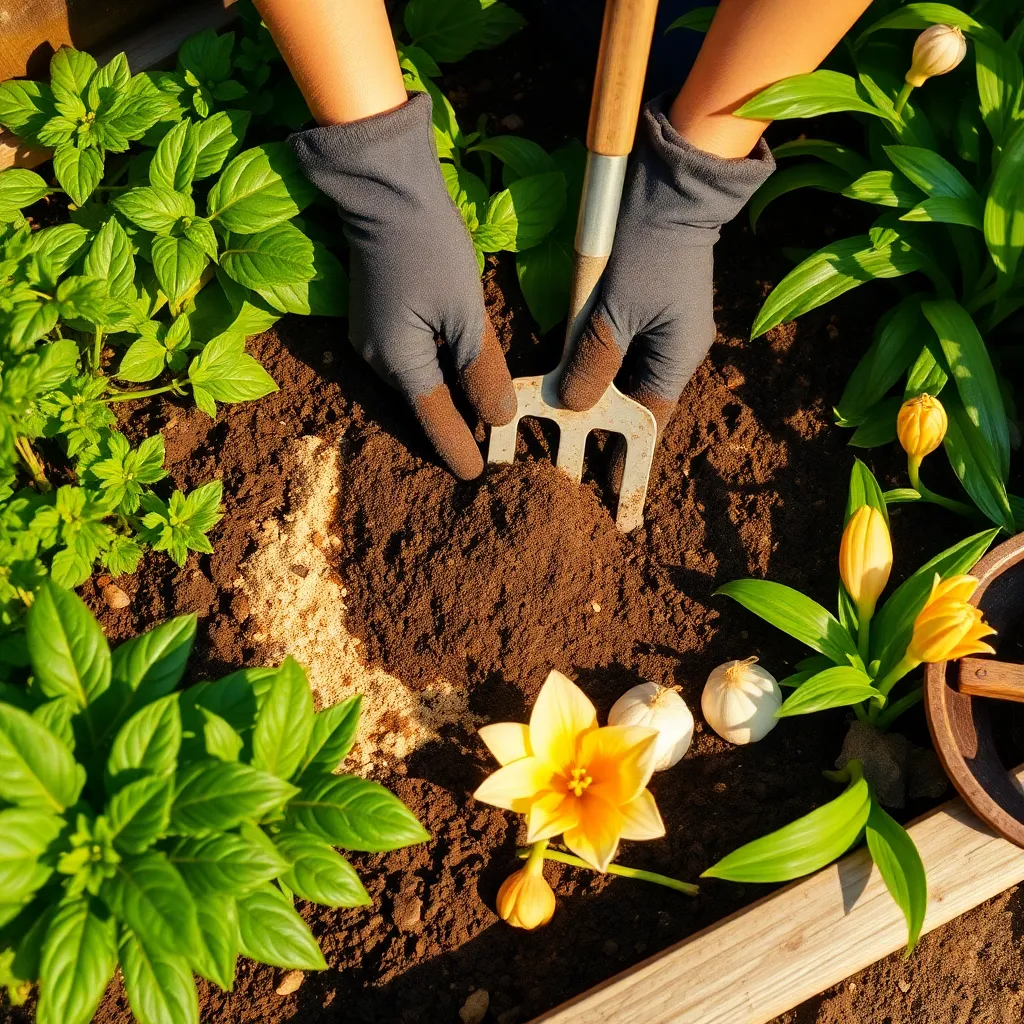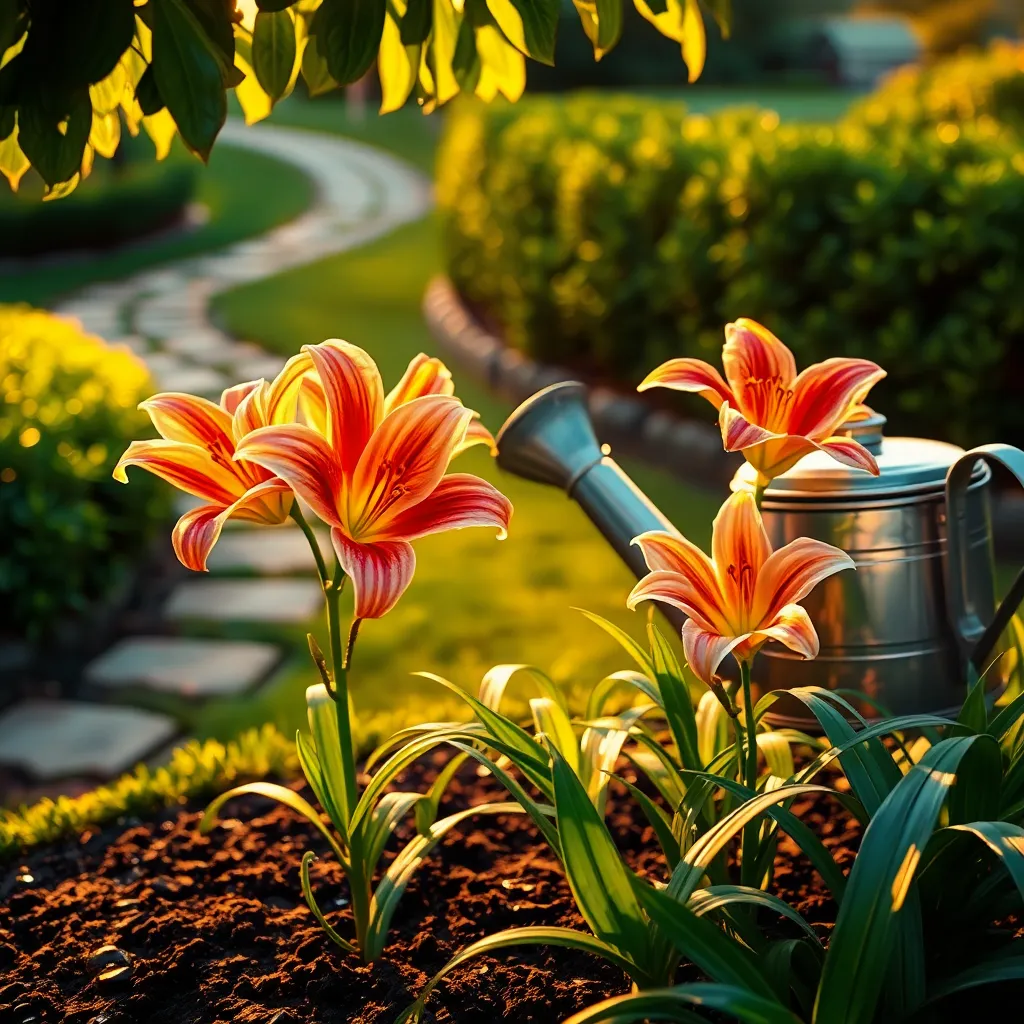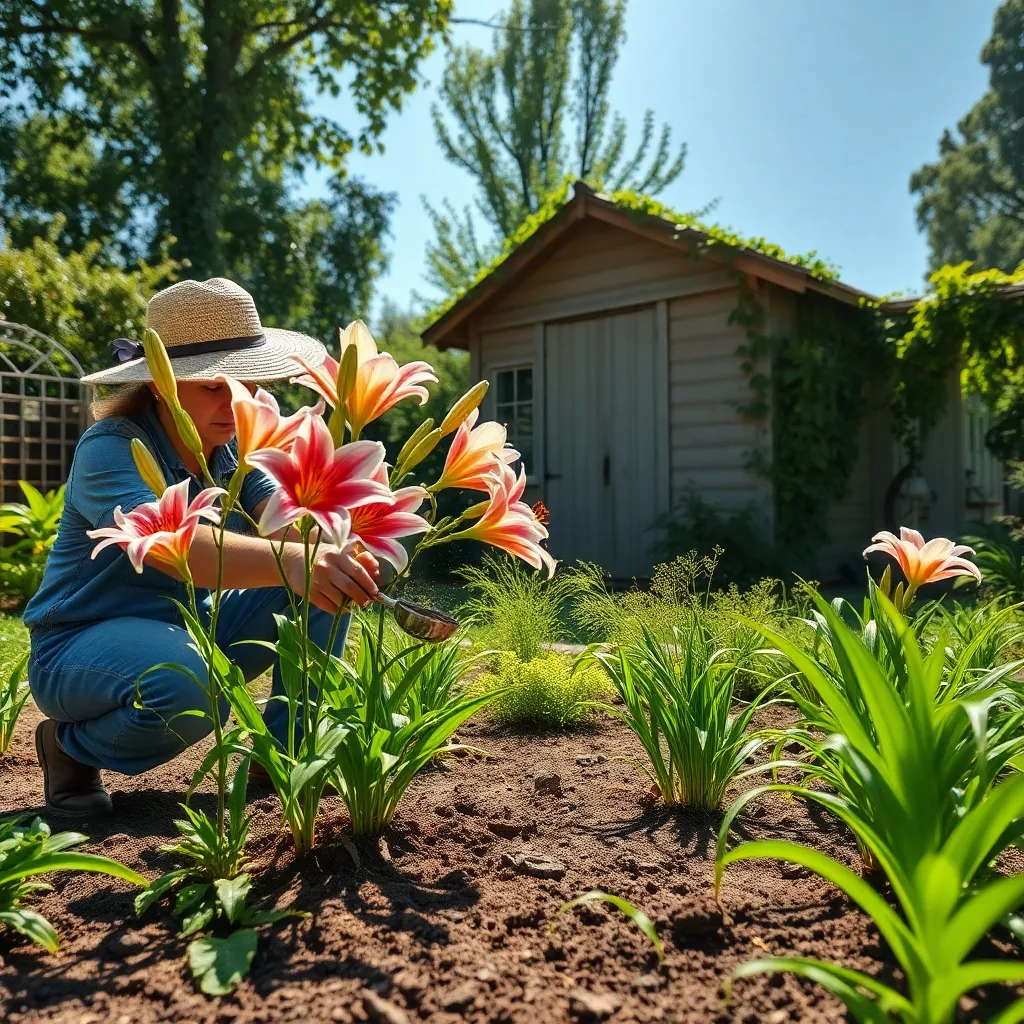There’s something undeniably enchanting about lilies, with their vibrant blooms and elegant forms that can transform any garden into a tapestry of color and life. Whether you’re a gardening novice just getting your hands dirty or a seasoned green thumb, cultivating lilies offers a rewarding experience that bridges the gap between simplicity and sophistication. These stunning flowers are more than just eye candy; they are symbols of purity, commitment, and renewal, and growing them in your garden can be a fulfilling project that adds both beauty and meaning to your outdoor space.
In this article, we’re diving deep into the world of lilies, guiding you through the essentials of selecting, planting, and nurturing these graceful plants. From understanding the ideal soil conditions to mastering the art of seasonal care, you’ll gather a wealth of knowledge that promises to turn your garden into a vibrant sanctuary. Our goal is to equip you with practical tips and insights, ensuring your lilies not only flourish but also become a centerpiece of pride and joy in your garden. So, grab your gardening gloves and prepare to embark on this floral journey with enthusiasm and confidence.
Select the Perfect Lily Bulbs

When selecting lily bulbs, it’s crucial to choose ones that are firm and free from blemishes. Avoid bulbs that feel soft or have signs of mold, as these could indicate rot or disease.
Consider the different types of lilies, such as Asiatic, Oriental, and Trumpet, each with unique growing requirements. Asiatic lilies are hardy and bloom early, making them a great choice for beginners looking for reliable blooms.
For more dramatic blooms, Oriental lilies are perfect, offering larger flowers and a sweet fragrance. However, they require slightly acidic soil and good drainage to thrive, so ensure your garden conditions are suitable.
Advanced gardeners might explore species lilies, which offer unique shapes and colors. These lilies often prefer specific conditions such as partial shade or well-drained, humus-rich soil, providing a rewarding challenge for those looking to diversify their garden.
Prepare Well-Draining Soil

To ensure your lilies thrive, you must prepare well-draining soil. Lilies prefer soil that allows water to pass through easily, preventing bulb rot and providing the roots with the oxygen they need.
Begin by selecting a location with loose, sandy soil, or amend your garden bed to achieve this texture. Incorporating organic matter such as compost or well-rotted manure can significantly improve drainage while also enriching the soil with nutrients.
For gardeners dealing with heavy clay soil, consider raising your beds or creating mounds to enhance drainage. You can also mix in coarse sand or perlite to break up compacted soil, which helps to facilitate better water movement and root growth.
Testing your soil’s drainage capabilities is simple and crucial. Dig a hole about 12 inches deep and fill it with water; if it drains within 10 to 15 minutes, your soil is well-draining. If not, more amendments or adjustments are necessary to meet the needs of lilies.
Plant Bulbs at Correct Depth

When planting lily bulbs, it’s crucial to place them at the correct depth to ensure healthy growth. Generally, the planting depth should be about three times the height of the bulb, which typically means around 6 to 8 inches deep for most lily varieties.
Positioning the bulbs correctly will help protect them from temperature fluctuations and ensure they develop strong root systems. For beginners, a simple way to measure this is by using a garden trowel marked with measurements or a ruler.
Incorporating organic matter like compost into the planting hole can provide essential nutrients and improve soil structure. This step is especially beneficial for lilies, as they thrive in nutrient-rich environments with good drainage.
Advanced gardeners might consider adding a layer of mulch after planting. This helps retain moisture, suppress weeds, and further insulates the bulbs during colder months, creating an optimal growing environment.
Remember to space the bulbs about 8 to 12 inches apart, allowing room for growth and air circulation. This spacing not only helps lilies flourish but also prevents overcrowding, which can lead to fungal diseases.
Water Consistently and Moderately

Watering lilies consistently and moderately is crucial for their healthy growth. They thrive when the soil is kept evenly moist but not waterlogged, so aim to water them once a week, adjusting for rainfall and temperature.
During the growing season, lilies need about one inch of water per week. To ensure this, consider using a rain gauge or a moisture meter to monitor soil conditions accurately.
Mulching around the base of the plants can help retain moisture and regulate soil temperature. A layer of organic mulch, such as shredded bark or straw, will not only conserve water but also suppress weeds, providing a more hospitable environment for your lilies.
For those in particularly hot or arid environments, an early morning watering routine is recommended to reduce evaporation and allow the plants to absorb moisture before the heat of the day. In these conditions, you might need to increase watering frequency slightly but always ensure the top inch of soil dries out between waterings to prevent rot.
Fertilize for Optimal Growth

Fertilizing lilies is essential to achieve their full blooming potential and vibrant color. Choose a balanced fertilizer, such as a 10-10-10 or 5-10-10 formulation, to provide a mix of nutrients.
Apply the fertilizer in early spring just as the shoots begin to emerge from the soil. A light application again during the growing season can further boost their growth.
It’s important to work the fertilizer into the soil gently, about an inch below the surface, to ensure nutrients reach the roots. Be cautious not to disturb the bulbs, as they can be easily damaged.
For those seeking advanced tips, consider using a slow-release granular fertilizer to provide nutrients over time. This can reduce the need for frequent applications and help maintain consistent growth.
Conclusion: Growing Success with These Plants
As you embark on the rewarding journey of cultivating lilies in your garden, remember the key relationship principles we’ve explored: understanding the importance of nurturing the soil of your connection, providing consistent care and attention, being patient through growth phases, adapting to seasonal changes, and celebrating the blooms of your efforts. Each of these steps mirrors the nurturing required in any thriving relationship.
Now, take immediate action by choosing one relationship aspect to nurture today—whether it’s having a heartfelt conversation, planning a surprise, or simply expressing gratitude. Start small, but start today.
To ensure these insights become a part of your relationship toolkit, bookmark this article now. By doing so, you’ll have a handy reference to revisit whenever you need guidance or encouragement.
Remember, just like a well-tended garden blooms with vibrant lilies, a well-nurtured relationship flourishes with love and understanding. Your dedication today plants the seeds for relationship success tomorrow. Embrace this journey with confidence and watch as your relational garden grows beautifully over time.
